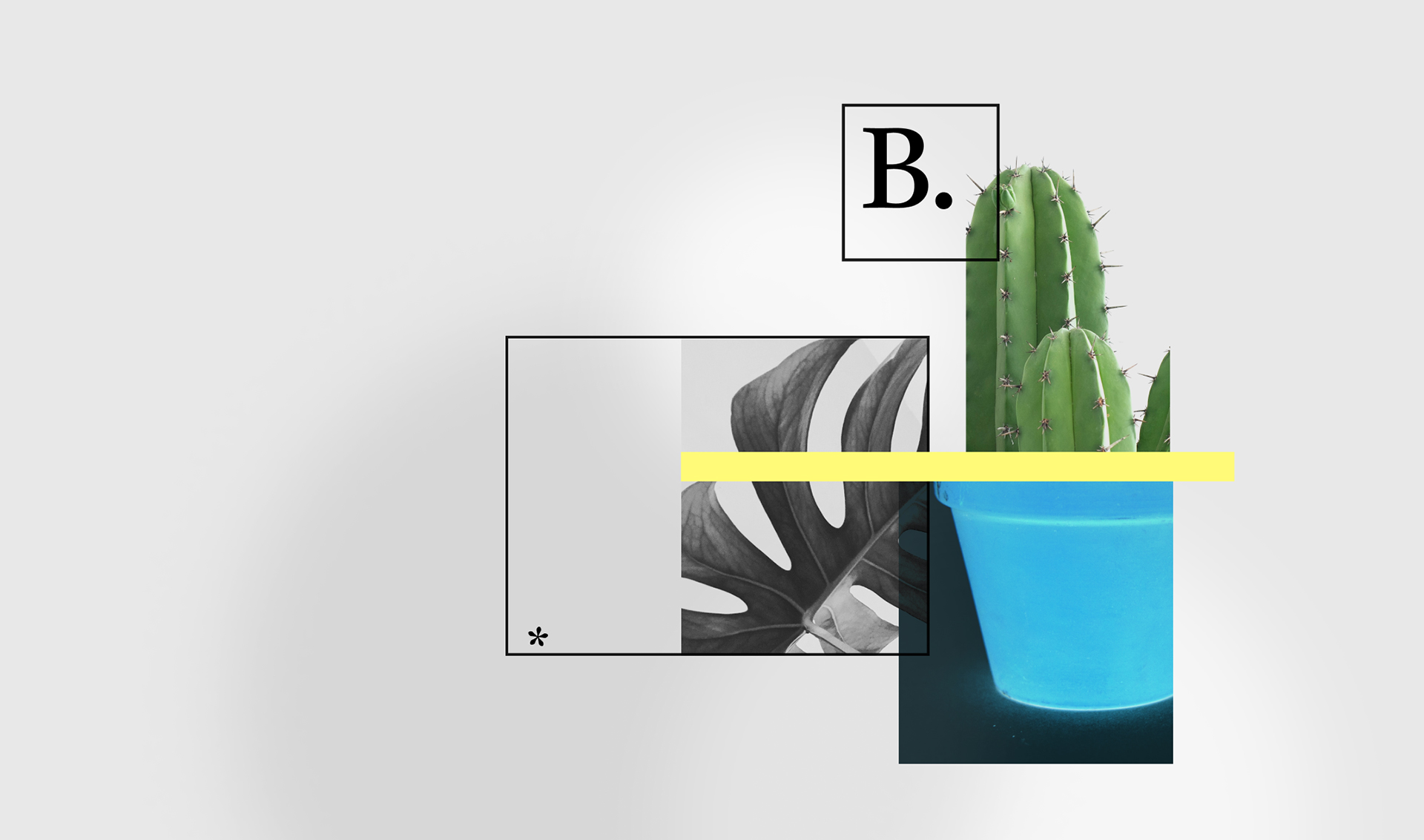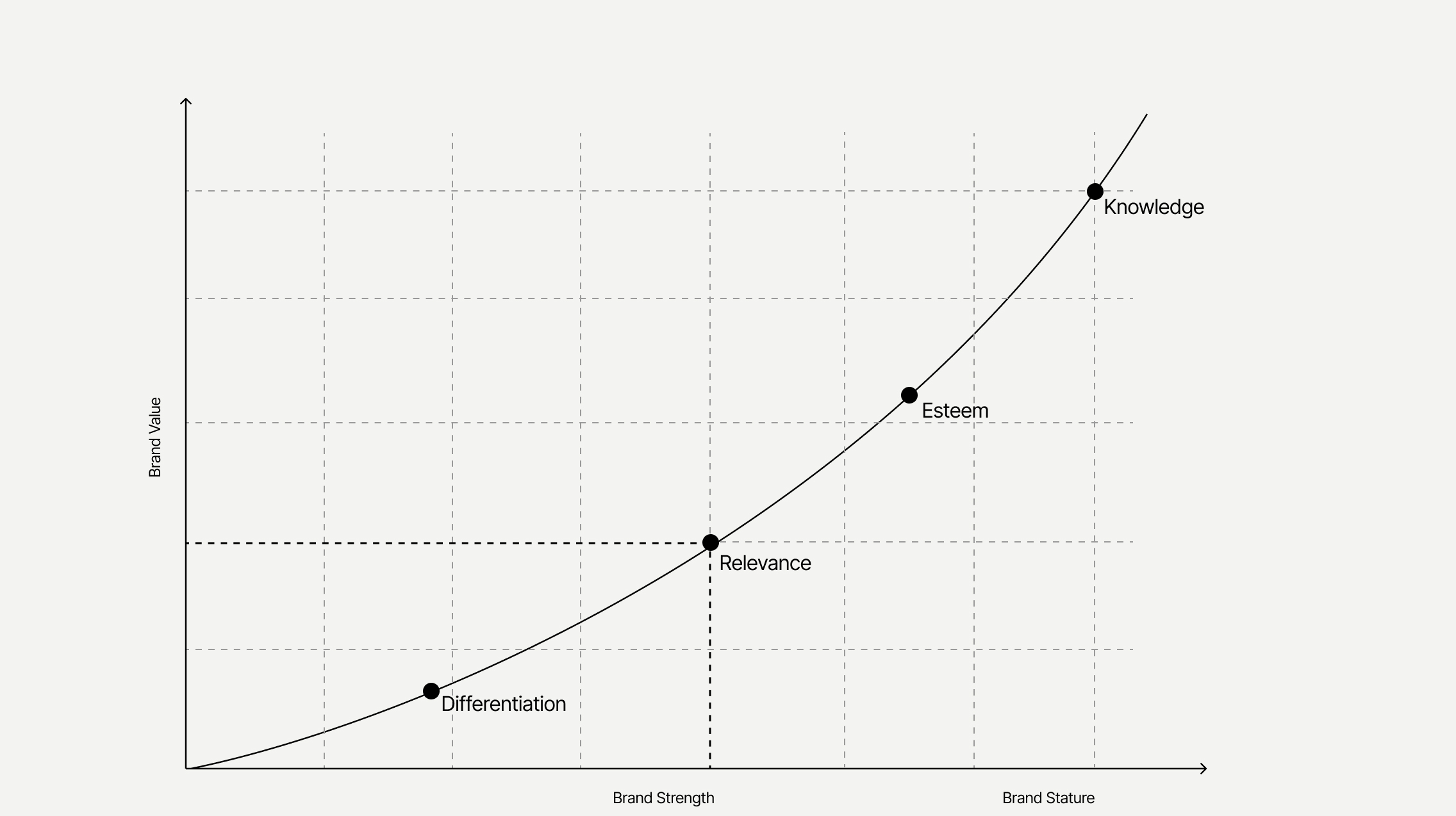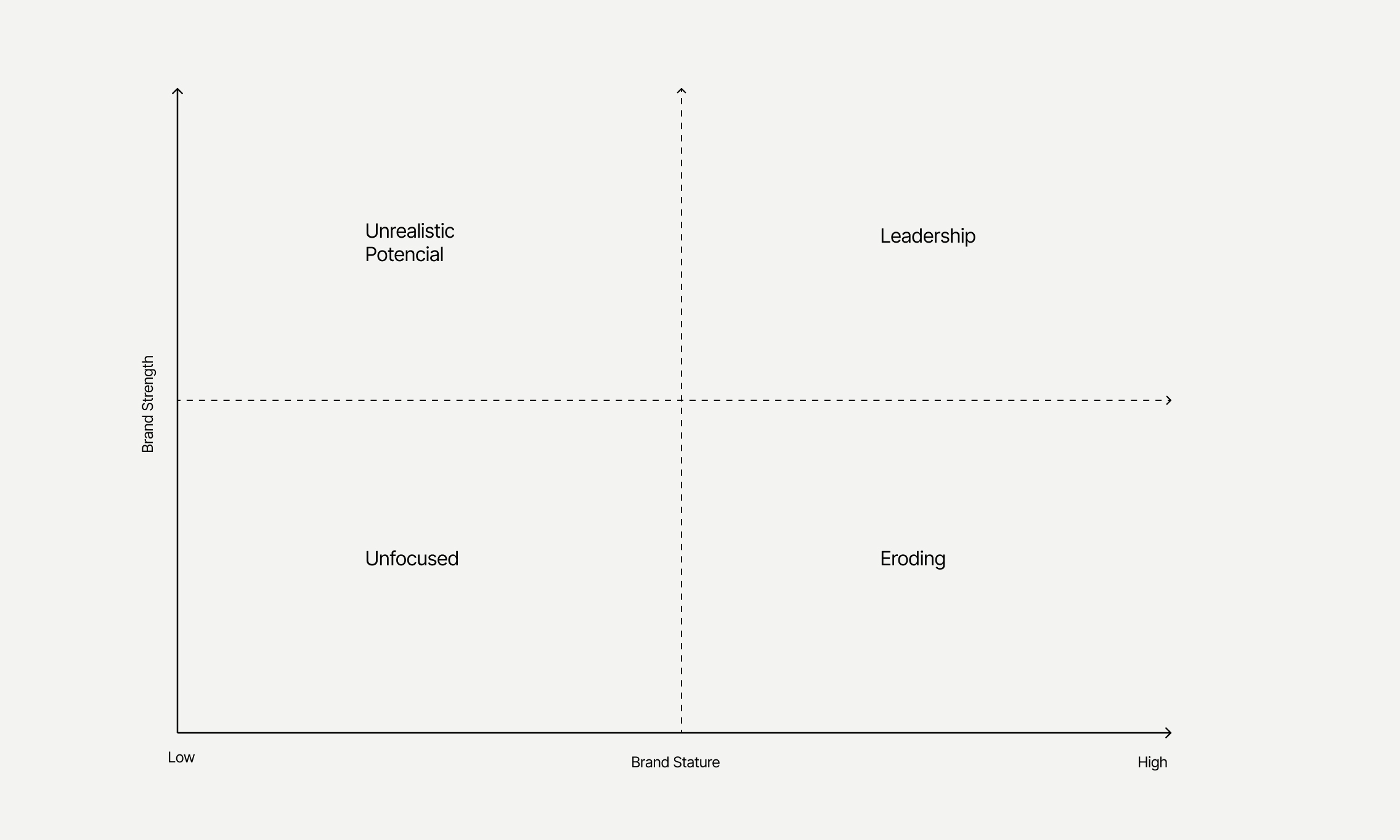

Brand Evaluator
Written by
Sumit Patel
Harshala Gupte
Written by
Sumit Patel
Harshala Gupte
MedTech
The big gains that branding accrues to the business can no longer be questioned. A lodestar — Apple has been consistent with its early brand promises and has not only the highest brand equity globally but perhaps the most loyal consumer base. Or regarding the rebrand of Airbnb, which helped to propel their valuation to $29Billion above their closest competitor in less than 4 years. There is the power to a brand. But, how much exactly?
C-suite executives, marketing managers, and entrepreneurs want to know the brand equity; to be able to put a finger on where the brand stands in the market.
It becomes especially important today when we witness an explosion in the number of brands — as well as a proliferation of ways to communicate with them, which has made it tougher to get messages through. In addition, converging product — performance and service levels in many industries have made it more difficult to sustain existing brands.
But that doesn’t take away from the truth that brands today need constant evaluation — at times when the growth stagnates, new competition emerges, creative efforts and monetary returns are siloed, and moreover when you need to align your strategy according to an ever-changing market. A brand’s reception also reflects strongly on the main sales strategy, influencing lead flow, close rates as well as the ability to reach prospects. Challenges faced here are also a call to assess and refine your brand experience.
Hence, without a formal assessment of the brand, any branding endeavour is chanced — with vision but without awareness. And yet, projects operate on assumptions and guesses. The wealth of information on consumers and their buying decisions is more or less dismissed.
Blame it partly on the dread but is partly confounding, because while products have a tangible, physical reality, brands are all about perceptual reality. How do we measure, calculate, and plot something as intangible as perception?
A brand develops in a specific progression based on the perception of the consumers. The process of building a brand is reflected through four measures or pillars:

Credit: Y & R
This is the starting point for all brands. This measures the degree to which the brand is seen as different from others. Has your brand attracted consumers’ attention more than your competitors? The starting point for all brands is differentiation. Measure this by asking questions about how often consumers have come across your brand if they recognize your brand, and how different it is from your competitors.
Relevance measures the breadth of a brand’s appeal. How appropriate your brand is for your consumers? Would consumers want to purchase your product or service? Is your product relevant to consumers in regards to price, convenience, and fulfilling their needs? You can determine your brand’s relevance by asking consumers how likely they would be to purchase your product or service, regardless of whether or not they have purchased your product or service in the past. Relevance alone is not key to a brand’s success. Rather, the combination of Relevance & Differentiation determines success. The brand Asset Valuator model shows that there is a direct correlation between Relevance and market penetration.
Esteem is the perceived quality and customer perceptions about the growing popularity of a brand. Does the brand keep its assurances? The customer’s response to a marketer’s brand-building activity is driven by his perception of two factors; quality and popularity. In the progression of building a brand, it follows Differentiation and Relevance. It’s the customer’s response to a marketer’s brand-building activity. Brand Asset Valuator tracks how brands gain Esteem, which helps us consider how to manage consumer perceptions.
Knowledge measures the extent of the customer’s awareness of the brand and understanding of its identity. The awareness levels about the brand and what it stands for show the familiarity that consumers share with the brand. True knowledge of the brand comes through brand-building. When a brand has made through its Relevant Differentiation and customers come to hold it in high esteem. Brand Knowledge is the result and represents the successful finale of building a brand. Knowledge means the customer is aware of the brand and understands what the brand or service stands for. Knowledge is not a result of media spending. High media spending against a weak idea will not yield results.
Differentiation and Relevance combine to determine Brand Strength. Brand Strength is an important indicator of future potential & performance. Relevant Differentiation is the major challenge for brands and an important indicator of brand health. These two pillars point to the brand’s future value, rather than just reflecting its past.
Esteem and Knowledge together create Brand Stature, which is more of a report on past performance.
Using these 4 measures, Brand Asset Valuator develops a Power Grid which serves as a tool for managing brands.

Credit: Y & R
PowerGrid represents the brand development cycle. The process of growth of a brand starts in the lower-left quadrant where they first establish their differentiating qualities while it is not yet widely known. As the brand develops enough strength, it moves to the upper left quadrant where it needs to translate its strength into stature. However, a brand can stay as an unrealized potential by catering to the niche market. Brand leaders are present in the upper right quadrant and they need to identify their emerging competitors in the adjoining quadrant. The bottom right quadrant is the trouble area which suggests that brands have failed to maintain their core strength, that is, the differentiation which was responsible for the birth of the brand in the first place. If the brands in this quadrant remain unattended for a long time, then they will eventually slide to the lower left quadrant and will lose esteem and fade from customers’ minds. The following are examples of each of these categories:
Successful emerging brands
Brand leards like Disney
New, forgotten or unknown brands
Commodity brands
On the basis of the varying relationship between the pillars, the brands are further categorised as an exotic, functional, commodity, speciality, the brand of the past, badge, embarrassment. These pillar patterns are powerful diagnostic tools as they enable a brand to formulate its future strategic positioning.
Brand Assessments enables a company to build its brand more scientifically and push new marketing frontiers in doing so. As complex as pathway modelling may sound, it should make the eyes of light up because it allows them to quantify the potential impact of brand initiatives on customer loyalty, which can be translated into monetary returns. When compared with likely costs, these forecasts let marketers make rough estimates of the return on their branding investments.
As complex as it may sound, it’s about time that branding firms incorporate assessment models into their practice. If the firm can present a clear graph of how the brand has grown as a result of their efforts, it enables and empowers companies to plan their brand initiatives where the potential lies, which can be translated into monetary returns. We believe the scope of design-driven growth for brands is enormous — but we want to talk about it through a calculable proof. We also have grand visions for our client companies as designers- but we acknowledge that businesses invest with expectations of returns. Hence, through brand assessments we see ourselves bringing more value to a project, in one way and in another, it is a step towards making the business of design more accountable and more responsible.